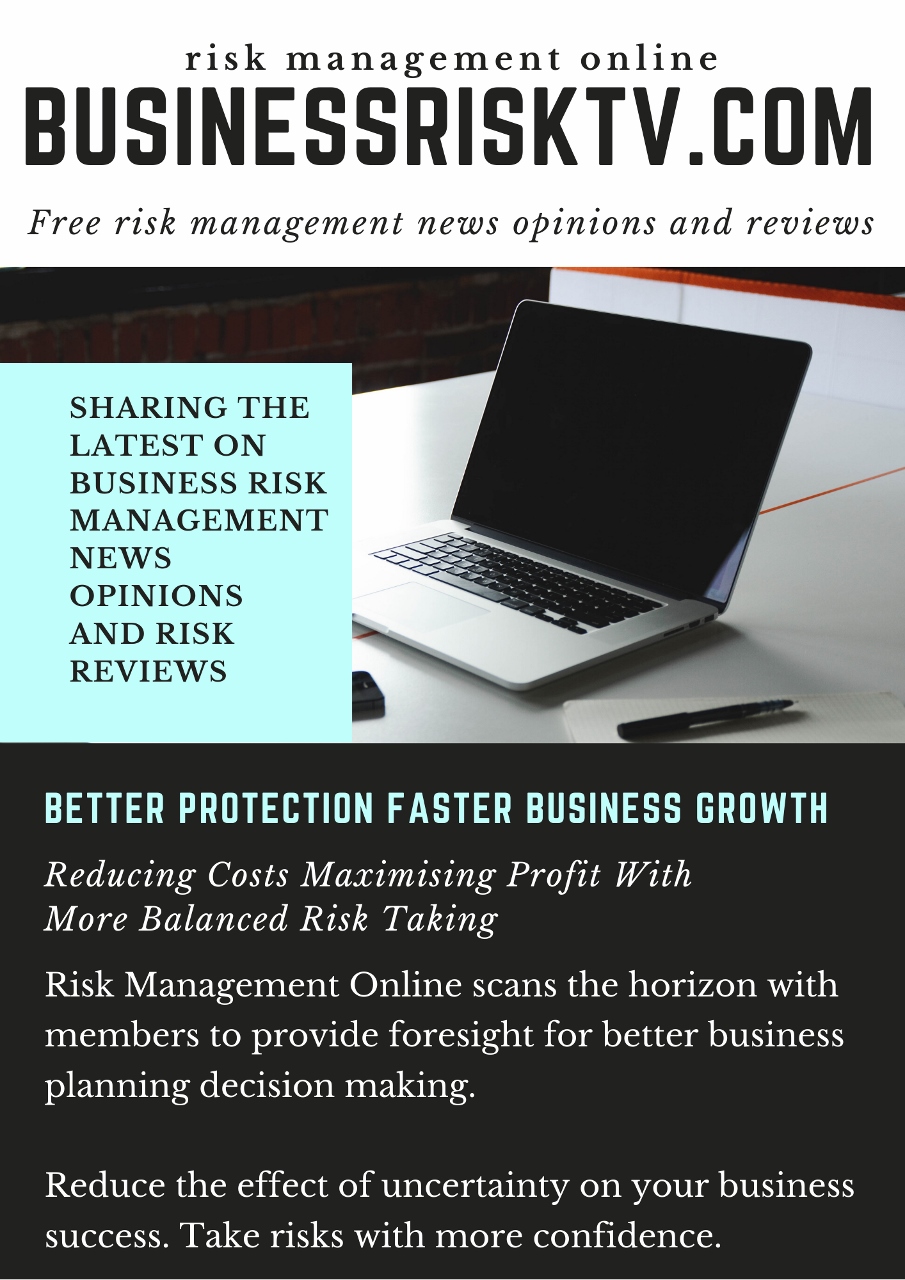Business survival guide for trading through harsh economic environment
Survival Strategies in Business: A Comprehensive Guide to Thriving in Harsh Economic Environments
In today’s volatile business landscape, navigating through challenging economic conditions can be a daunting task. However, with effective survival strategies in place, businesses can not only weather the storm but also emerge stronger. This article will provide valuable insights and practical tips on how to keep your business afloat during harsh economic environments, employing key survival strategies in strategic management.
- Assess and Adapt: The Foundation of Survival Strategies
Surviving in a harsh economic environment begins with a thorough assessment of your business. Evaluate your current position, identify strengths, weaknesses, opportunities, and threats (SWOT analysis), and develop strategies to leverage your strengths and address weaknesses. Adaptability is key, as businesses must be prepared to pivot and adjust their operations to align with changing market demands. - Streamline Operations and Reduce Costs
During challenging times, it is crucial to optimize your operations and identify areas for cost reduction. Analyze your business processes, eliminate inefficiencies, renegotiate contracts with suppliers, and explore opportunities for outsourcing non-core activities. Cutting unnecessary costs while maintaining quality and efficiency can help businesses survive and remain competitive. - Diversify Your Revenue Streams
Overreliance on a single product, service, or market can expose businesses to significant risks. To enhance survival prospects, consider diversifying your revenue streams. Explore new markets, develop complementary products or services, or establish strategic partnerships that can open up additional income sources. This diversification can provide stability and cushion against economic downturns. - Maintain Strong Relationships with Customers
Nurturing and retaining existing customers is vital during tough economic times. Focus on providing exceptional customer service, personalised experiences, and innovative solutions that meet their evolving needs. Develop loyalty programs, offer incentives, and engage in proactive communication to strengthen customer relationships. Satisfied customers are more likely to remain loyal and support your business, even in challenging times. - Embrace Digital Transformation
In the digital age, businesses that fail to adapt to the digital landscape risk falling behind. Invest in technology and embrace digital transformation to improve operational efficiency, reach a wider audience, and capitalise on emerging opportunities. Leverage digital marketing, social media, and e-commerce platforms to expand your online presence and connect with customers in cost-effective ways. - Continuously Monitor and Anticipate Market Trends
Survival strategies require businesses to stay ahead of the curve by monitoring and anticipating market trends. Regularly analyse industry reports, conduct market research, and keep a close eye on your competitors. This proactive approach allows you to identify emerging opportunities, anticipate challenges, and make informed strategic decisions to keep your business agile and resilient. - Build a Resilient Workforce
Employees are the backbone of any organisation, and their resilience is crucial during tough times. Foster a culture of open communication, transparency, and collaboration within your workforce. Provide training and development opportunities to enhance their skills and adaptability. Engage in effective change management practices to ensure a smooth transition during challenging periods. A resilient workforce can contribute significantly to the survival and growth of your business. - Seek Financial Support and Plan for Contingencies
When economic conditions worsen, seeking financial support can be essential for business survival. Explore funding options, such as loans, grants, or government programs designed to assist businesses during economic downturns. Develop a contingency plan that includes financial forecasts, cash flow management strategies, and risk mitigation measures. Being prepared for unexpected challenges can minimise their impact on your business operations. - Collaborate and Leverage Networks
In difficult times, collaboration and strategic alliances can be powerful survival strategies. Identify opportunities to collaborate with other businesses or industry associations to share resources, pool knowledge, and jointly tackle challenges. Collaborative efforts can lead to cost savings, knowledge exchange, and access to new markets or customer segments. Leverage your professional networks, attend industry events, and actively participate in business communities to stay connected and explore potential partnerships.
- Communicate Transparently with Stakeholders
During harsh economic environments, maintaining open and transparent communication with stakeholders is crucial. Keep employees, investors, suppliers, and customers informed about your business’s situation, challenges, and strategies. Clear communication fosters trust, builds loyalty, and encourages support from key stakeholders. It also allows for collaborative problem-solving and enables stakeholders to align their expectations with the reality of the economic climate. - Embrace Innovation and Agility
Innovation and agility are key survival traits for businesses operating in challenging economic environments. Encourage a culture of innovation within your organisation, where employees are empowered to generate and implement new ideas. Adapt quickly to changing circumstances, seize emerging opportunities, and be willing to modify your business model or offerings to meet evolving market demands. Embracing innovation and agility can help you stay ahead of the competition and thrive, even in tough times.
Surviving and thriving in harsh economic environments require a combination of strategic planning, adaptability, and resilience. By implementing the survival strategies in strategic management outlined in this article, businesses can weather economic downturns, keep their businesses afloat, and position themselves for long-term success. Assessing and adapting, streamlining operations, diversifying revenue streams, maintaining strong customer relationships, embracing digital transformation, monitoring market trends, building a resilient workforce, seeking financial support, collaborating with others, and communicating transparently are key elements to guide businesses through challenging times. By employing these strategies, you can fortify your business’s survival and emerge stronger in the face of adversity.

More business risk management articles videos and reviews

Survival Strategies In Business





